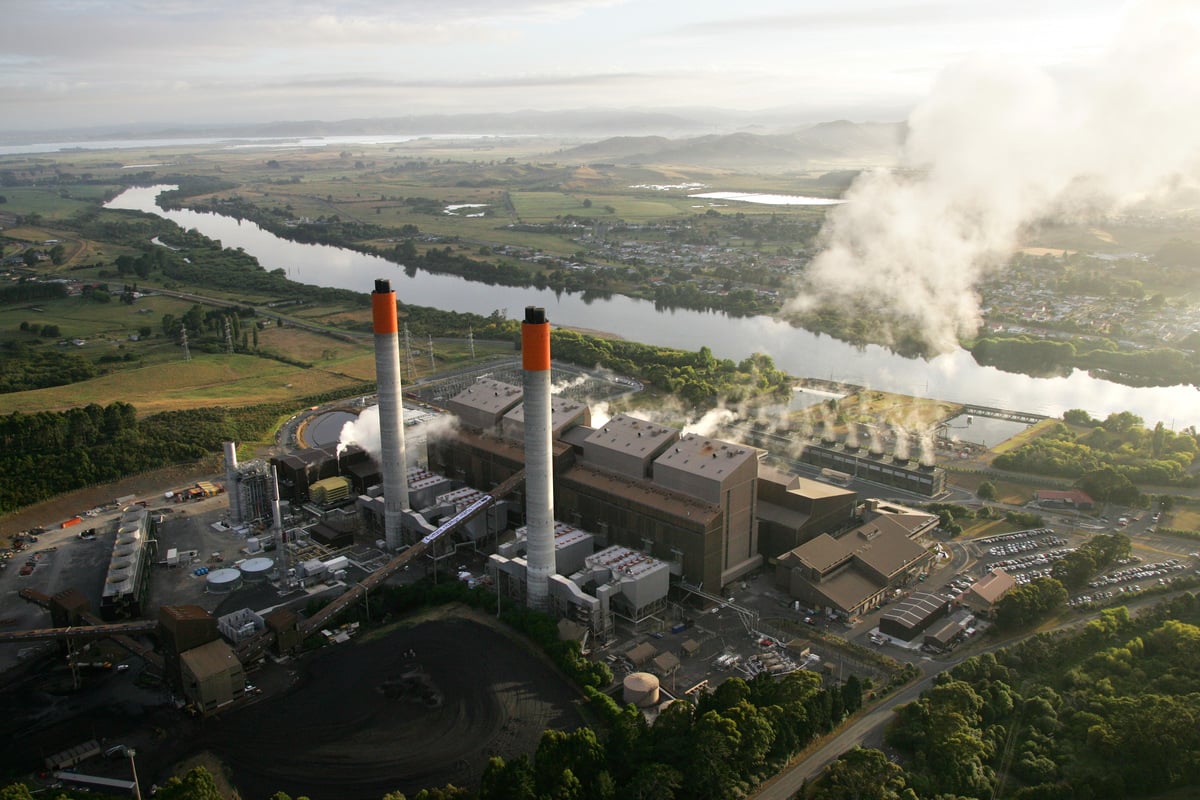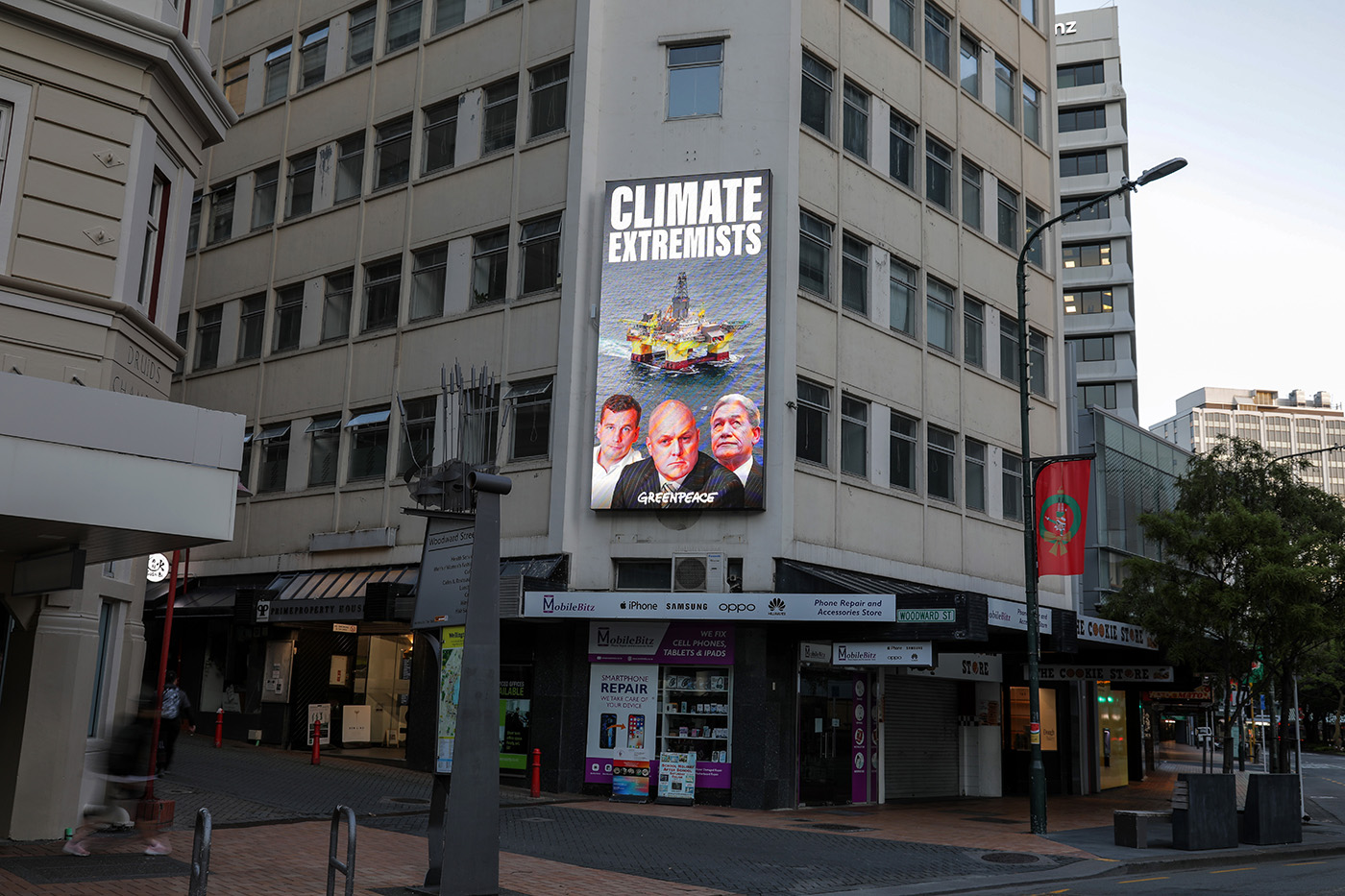On Friday last week, New Zealand woke to the news that Norwegian oil giant, Statoil, was pulling the plug on its operations in Northland’s Reinga Basin.
Although the company’s representatives were quick to claim the move came as a result of the low a probability of finding oil there, the sudden exit follows years of protest by the Northland community.
The movement in Northland spread like wildfire to the rest of the country, and for the past five years, hikoi and protest against New Zealand’s destructive oil agenda have culminated with a bang at the Government-supported annual petroleum conference in Auckland.
Each year, thousands upon thousands of have peacefully and defiantly descended en mass to the yearly petroleum conference, chanting and carrying placards with messages like: “Statoil, Go Home!”, “Stop Deep Sea Oil”, and “Statoil No Way”.
Earlier this year, hundreds of people used peaceful civil disobedience to block the doors of the conference by sitting in the way, delaying it by several hours.
The oil industry is obviously feel the heat, because next year, the conference has been moved to New Plymouth.
Statoil’s exit from Northland also directly precedes a visit to the region by members of Norway’s indigenous Sami Parliament, who hold considerable power there and have expressed deep concern about the fact their national company is trampling all over indigenous rights.
Statoil leaving Northland is certainly a win for people power. It’s a cause for celebration.
But it’s not over yet.
No, our oily intruder still has its claws firmly sunken into our beautiful East Coast.
You could say that right now, Statoil is halfway out the door. Now is the time to redouble our efforts and push them out for good.
And we can. Here’s how it happened in Northland where I’m from.
The first we heard of the Statoil exploration permit was when the Government announced it as part of their programme to support fossil fuel extraction by international oil companies.
Inspired by the successful campaign by Te Whānau-ā-Apanui and Greenpeace to stop ultra deep oil drilling in the Raukumara basin off the East Cape, and the Anadarko operation off the coast of Taranaki, we immediately began organising in Northland.
A series of public meetings were held across the region, from which a number of community based anti-oil drilling groups emerged in Kaitaia, Hokianga and Whangarei.
Meetings were held with the relevant local iwi authorities to establish their formal positions on the issue and to further analyse the business and activity of deep water drilling. As a result Ngati Kuri, Ngati Kahu and Te Rarawa declared their formal opposition to it.
Over ten thousand fact sheets were produced and distributed at major events in the region, including Waitangi Day, and the Ngapuhi festival.
And then further significant local community led organising began to occur.
Signs and billboards started appearing all over Northland. Local iwi media began regular reporting on the issue, and a range of community meetings and events kicked off. This included hikoi mobilisations, open-air concerts, hands across the sands events, banners on the beach and volatile public meetings with representatives of Statoil.
Our strategy had a number of objectives:
- Develop public awareness of the scope and nature of ultra deep water drilling
- Dispel the myths and propaganda of the oil industry.
- Withdraw the social license of Iwi and local communities.
- Undermine international shareholder confidence amongst the owners of Statoil.
- Initiate legal challenges to Statoil’s activities through both domestic jurisdictions within Aotearoa and within Norway itself.
- Internationalise the pressure on Statoil by aligning with other indigenous campaigns targeting Statoil.
- Position Aotearoa as one of the least desirable locations to conduct oil drilling.
By 2015, the first stages of our strategy were well underway and opposition to Statoil’s ultra deep-water drilling was well established in the region.
When Statoil began its seismic surveying of the permit area off the West Coast of Northland, their survey vessel was intercepted at sea by the ocean going waka hourua “Haunui” and told to withdraw from tribal waters.
Mandated by the Ahipara Komiti Takutaimoana marine protection group, a delegation then travelled to Norway to engage with the local Sami indigenous people and to attend the annual Statoil shareholders meeting and to put the owners on notice that their investment in Aotearoa would be met by stiff resistance.
By early 2016, the perfect storm of negative operating conditions for Statoil that we had anticipated began to emerge.
The international oil price plunged.
Social opposition within Aotearoa was steadily escalating.
Maori and local body opposition was getting more strident.
The Sami Parliament was expressing its concerns about Statoil directly to the company within Norway.
The climate movement and public discourse was increasingly identifying fossil fuels as the main global contributor to climate change.
And then… Kaboom! Expectantly, and on the eve of a presidential delegation from the Sami Parliament arriving in Aotearoa to engage with Maori leadership, and coinciding with a landmark legal challenge to Statoil on breach of its constitution, Statoil announced the surrender of its permit in Northland.
We are very pleased and grateful for all the support we have received from all over the country, as well as from Norway.
But it’s not game over yet.
Statoil, in partnership with Chevron, are still prospecting in lower East Coast waters.
We remain fully engaged in continuing the campaign until every ultra deep-water exploration project is halted altogether.
Rather than scaling down, we are about to significantly escalate our campaign this summer.
Please join us.



